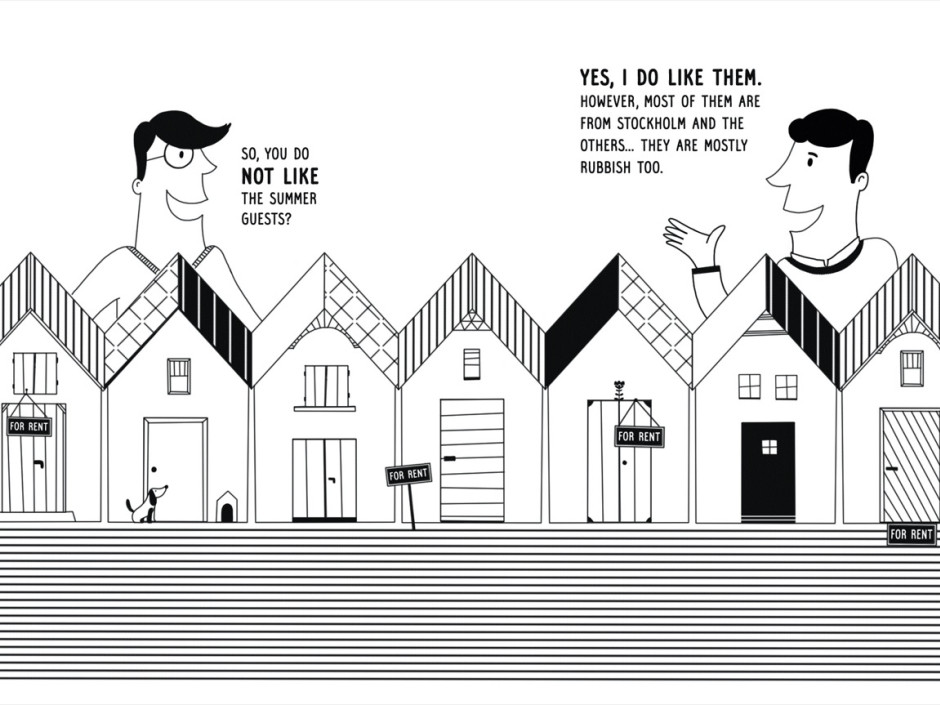Lifestyle for Rent
The new age of lifestyle migration is triggering socio-cultural frictions between local citizens and ‘foreign’ owners of second homes. How can we reconcile the needs of these part-time residents with those of their newly adopted communities?
“Cortina d’Ampezzo has been a second home to Milan’s elite for quite a while, but more recently its world-class ski resorts and amenities have been attracting wealthy investors from the rest of Europe and all corners of the globe. Most of these second homes are lavish in nature, with very few ‘typical’ residences.”
This well-meaning real-estate writer from CosmoBC.com was vaunting the high-end investment potential of Cortina d’Ampezzo, a skiing destination for the world’s rich and superrich, now one of the most expensive real estate markets in Italy. But what that euphemistic phrase, “few ‘typical’ residences”, refers, in fact, is an absence of local citizens. The uber-gentrification of Cortina by wealthy lifestyle migrants in search of quality of life has virtually wiped out its local community; one by one, the Cortinesi have sold their homes to take advantage of the astronomical property values granted them by the influx of new cash. “This is a short-term perspective, a myopia,” says tourism researcher Serena Volo, Assistant Professor of Marketing at unibz’s School of Economics and Management (and a member of unibz’s TOMTE, Competence Centre in Tourism Management and Tourism Economics). “Because of what happened over the last 40 years, during the low season Cortina is now a town of closed shutters, with no flowers on the balconies, and no locals walking around the streets.”
Shifting Tourism
Cortina is but one example of the impact of second homes. Second home ownership today is often at the cross-roads of tourism and lifestyle migration, between those who travel for a fleeting cultural experience and those who want to soak up a locale on a semi-permanent basis. And it has become an enormously contemporary and far-reaching social-cultural phenomenon that is the result of significant changes in travel and tourism. The world’s globalised economic system, declining transportation costs and modern communications have converged to transform the way we perceive space and time; live, work or play, we do it now through the prism of mobility in which tourism, migration and lifestyle migration are converging before our eyes. “For instance,” says Volo, “a lot of wealthy foreign families nowadays are buying second homes in Chelsea or Kensington (London) to ensure themselves and their kids access to a metropolitan area with all its benefits. The nature of this form of tourism is transforming.”
Welcome to South Tyrol... Not
But in South Tyrol things are different. Displacement of the kind that Cortina has seen could not become an issue here: there are just too many regulations, the foremost of which are limits on the number of South Tyrolean homes that can be designated as second homes. All the same, seventy-five per cent of those second homes in South Tyrol are owned by a mixture of Italians, Austrians and Germans from outside of South Tyrol. And that’s a socio-cultural stress factor. In 2011, Volo carried out a study on how South Tyroleans perceive second home owners who come to visit for short periods of time during the year. The opinion was not homogeneous, but issues of invasion of territory were clear. “The stress I believe is related to the social fabric of the province,” says Volo. “The socio-cultural history of South Tyrol is peculiar. South Tyroleans are welcoming, but they can also be kind of possessive about their territory and the way it’s treated. It’s about respect of their land and traditions, and second home owners— who choose South Tyrol as vacation residence—appreciate this.”
Host Today, Guest Tomorrow
Nonetheless, despite the media reports that dramatise conflicts with lifestyle tourists (such as in Cortina or more recently in Dobbiaco), there are positive aspects to second home ownership that should not go unnoticed, says Volo. “Second home owners can also wish to adapt and integrate into their societies, and become important actors in their communities.” So for Volo, wherever you are in the world, tourists and residents need to start shifting their thinking towards longer-term perspectives. “If we really looked at our changing lifestyle and our mobile lives, then we would see that in the long-term we all are going to be a kind of trait-de-union between places and cultures. People should contribute equally to the welfare and the quality of life of the places they spend time in.”
Related Articles
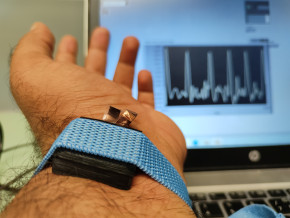
Tecno-prodotti. Creati nuovi sensori triboelettrici nel laboratorio di sensoristica al NOI Techpark
I wearable sono dispositivi ormai imprescindibili nel settore sanitario e sportivo: un mercato in crescita a livello globale che ha bisogno di fonti di energia alternative e sensori affidabili, economici e sostenibili. Il laboratorio Sensing Technologies Lab della Libera Università di Bolzano (unibz) al Parco Tecnologico NOI Techpark ha realizzato un prototipo di dispositivo indossabile autoalimentato che soddisfa tutti questi requisiti. Un progetto nato grazie alla collaborazione con il Center for Sensing Solutions di Eurac Research e l’Advanced Technology Institute dell’Università del Surrey.
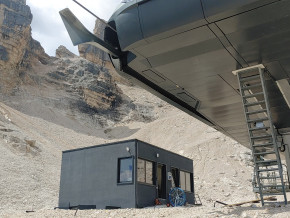
unibz forscht an technologischen Lösungen zur Erhaltung des Permafrostes in den Dolomiten
Wie kann brüchig gewordener Boden in den Dolomiten gekühlt und damit gesichert werden? Am Samstag, den 9. September fand in Cortina d'Ampezzo an der Bergstation der Sesselbahn Pian Ra Valles Bus Tofana die Präsentation des Projekts „Rescue Permafrost " statt. Ein Projekt, das in Zusammenarbeit mit Fachleuten für nachhaltiges Design, darunter einem Forschungsteam für Umweltphysik der unibz, entwickelt wurde. Das gemeinsame Ziel: das gefährliche Auftauen des Permafrosts zu verhindern, ein Phänomen, das aufgrund des globalen Klimawandels immer öfter auftritt. Die Freie Universität Bozen hat nun im Rahmen des Forschungsprojekts eine erste dynamische Analyse der Auswirkungen einer technologischen Lösung zur Kühlung der Bodentemperatur durchgeführt.
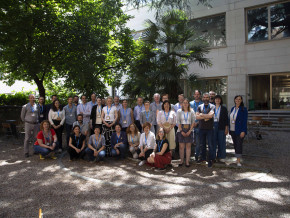
Gesunde Böden dank Partizipation der Bevölkerung: unibz koordiniert Citizen-Science-Projekt ECHO
Die Citizen-Science-Initiative „ECHO - Engaging Citizens in soil science: the road to Healthier Soils" zielt darauf ab, das Wissen und das Bewusstsein der EU-Bürger:innen für die Bodengesundheit über deren aktive Einbeziehung in das Projekt zu verbessern. Mit 16 Teilnehmern aus ganz Europa - 10 führenden Universitäten und Forschungszentren, 4 KMU und 2 Stiftungen - wird ECHO 16.500 Standorte in verschiedenen klimatischen und biogeografischen Regionen bewerten, um seine ehrgeizigen Ziele zu erreichen.
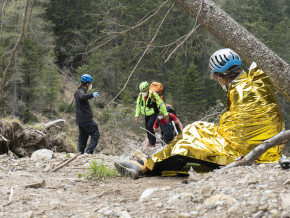
Erstversorgung: Drohnen machen den Unterschied
Die Ergebnisse einer Studie von Eurac Research und der Bergrettung Südtirol liegen vor.
